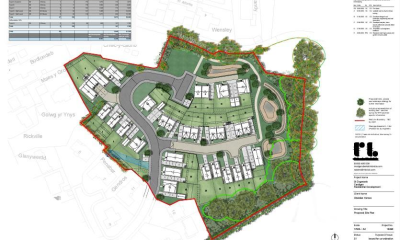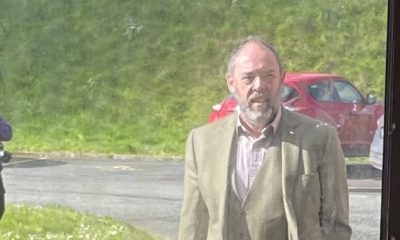Politics
Budget cuts: Social Services and education take two-thirds of all councils’ money
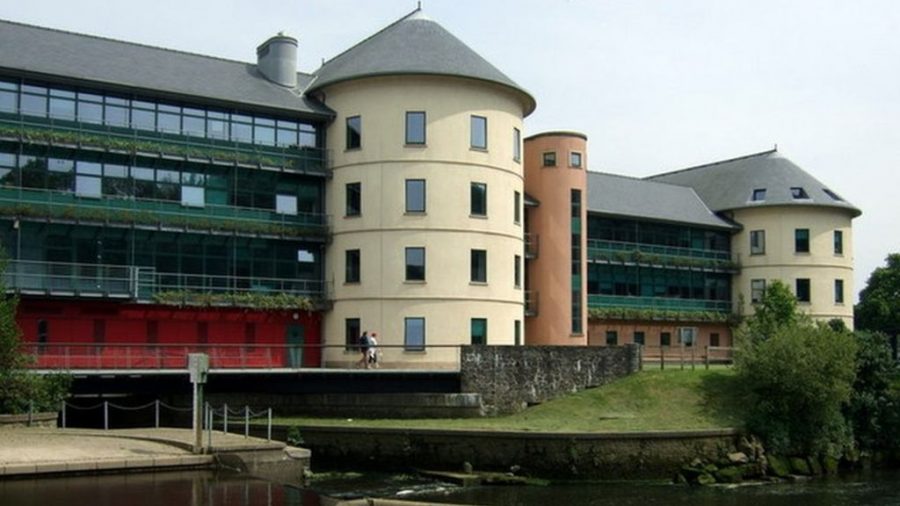
Pembrokeshire County Council: Pandemic has forced through change to digital services
How will local government services change?
THE FUNDING pressures on local government over the last decade have been a catalyst for change in local service delivery. Increasing costs and lower revenue for local authorities means some services have reduced or are being run differently.The pandemic put significant new demands on local government, exacerbating existing pressures. The future of local government services is uncertain. How it responds to the challenges will shape those services for years to come.
The shape of local authority services has changed significantly over the last decade.
Overall local authority spending has decreased by around 7% since 2013-14 (in real terms). In contrast, expenditure on social services has increased by over 10%. Spending in most other service areas has been cut, including in education.
Planning and economic development services have been hit particularly hard, as have libraries, culture, heritage, sport and recreation services.
WHERE THE MONEY GOES
Together, social services and education made up over two-thirds of total expenditure on services by the 22 local authorities in 2019-20.
But while social services have been protected from the most severe spending reductions, this won’t be enough to ensure its sustainability for the future
A 2017 report by Wales Public Services 2025 found that spending through local authorities on social care for the over 65s is not keeping pace with the growth in the population of older people. Spending may need to have increased by at least £129 million (23%) between 2015-16 and 2020-21 to get back to the equivalent spend per head in 2009-10.
The ONS estimates that, between 2021 and 2031, the population of Wales will grow by just over 60,000 (1.9%). Within that population growth, there’s a projected increase in the proportion of older people. The population of over 65s is due to increase by around 119,000 (17.5%).
Wales Fiscal Analysis notes that, while future demand for care can’t simply be linked to growth in older populations, projected growth in older people with complex care needs is highly likely to mean increased pressure on care services.
It details that the number of older adults living with severe dementia is expected to double to 53,700 by 2040.
The Inter-Ministerial Group on paying for social care estimated that in a ‘high-cost’ scenario, between 2019-20 and 2022-23, the net costs of social care could increase by almost £400 million.
Wales Fiscal Analysis projects that by 2025-26, social services could account for 55% of all local government spending pressures, with school pressures accounting for a further 21%.
INCREASED RELIANCE ON COUNCIL TAX?
Where local authorities get the money to spend on services has also started to shift. There’s been a reduction in grant funding to local authorities over the period 2013-14 to 2019-20, some of which has been mitigated by local taxes. Grant funding still makes up most local authority income.
The amount to be collected from council taxpayers (excluding council tax benefit/reduction scheme funding) was up by almost 30% over the same period.
The overall increase reflects annual increases in council tax paid by residents over the period. Average Band D council tax (excluding the police element) increasED in real terms by £186.
However, local authorities have consistently warned that raising council tax is not enough to fill future funding gaps
Following the UK Budget 2021, Wales Fiscal Analysis notes that “the UK government’s medium-term spending plans make for a more austere outlook for the Welsh budget and Welsh public services” and outlines the possibility of a return to austerity for parts of the Welsh budget.
The financial impact of the pandemic on local government is likely to be felt for many years.
Audit Wales notes that, even in local authorities generating a budget surplus in 2018-19, some had significant overspends in demand-led services like social services. It suggests those pressures are likely to intensify because of the pandemic.
TRANSFORMINGPUBLIC SERVICES:
Local government has embarked on a journey to transform how it delivers services.
Local authorities are thinking differently about improving services for users while reducing the cost of running them.
An example of this is one-stop-shops or ‘hubs’. These hubs host multiple council services under one roof, such as libraries, money advice and adult learning services.
One of the most significant aspects of the transformation programme is to make better use of technology and digital tools.
The Digital Strategy for Wales, launched in March 2021, sets out a national vision for digital transformation. The Strategy seeks a cultural shift in how public bodies “deliver and modernise services” designed around user needs.
Over the past year, local authority resources have been diverted from some of this transformational work. Anticipated financial savings are now uncertain.
The WLGA recently suggested there’s doubt about when, and indeed if, some of those savings will now happen.
MIND THE GAP
Corporate Joint Committees (CJCs) are bodies designed to enable greater regional working and collaboration in areas like education and transport.
However, questions remain about how these new bodies will operate.
Responses to a recent consultation on CJCs by the previous Welsh Government show there’s still uncertainty about how they’ll function and their associated costs and benefits.
Despite the recent increase in the local government settlement for next year and the substantial funding support in response to the pandemic, significant challenges remain.
Wales Fiscal Analysis suggests that to meet cost pressures over the next few years, spending on local services needs to increase, on average, by 3.4% a year (in cash terms) between 2020-21 and 2025-26.
The WLGA recently reported that core pressures, the financial gap in money coming in, and what’s needed to pay for services could amount to £822 million by 2023-24.
Leaning on local taxation, such as council tax, to support critical services like social care and education won’t stem the demand for and cost of providing those services.
Politics
Last-minute council tax lowering to come under spotlight
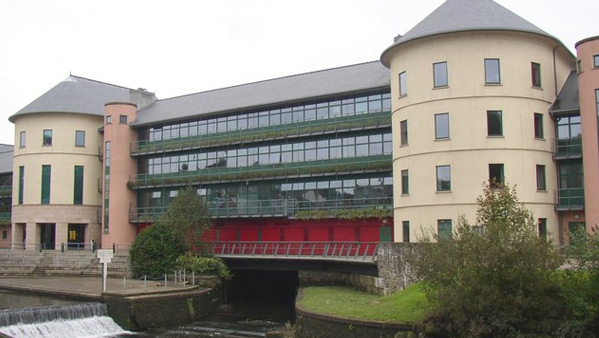
A CLAIM at last-minute use of reserves was used to lower Pembrokeshire’s council tax increase to avoid senior councillors being defeated during the setting of the council’s annual budget is to come under the spotlight later week.
Pembrokeshire County Council was facing a 16.3 per cent council tax increase when setting the council budget for 2024-’25 in March; that figure dropping to 12.5 per cent after an 11th-hour alternative budget proposal by deputy leader Cllr Paul Miller was narrowly backed.
That drop in the council tax rise was made by using additional reserves of £1.5m, as well as £1m target for council efficiency savings.
Members of the council’s Governance & Audit Committee are, at its April 18 meeting, to consider concerns raised by Councillor Huw Murphy about the budget process following that meeting, along with assurances provided responding to his concerns.
A report for members states: “On March 25 Councillor Murphy raised concerns to the Chair of the Governance & Audit Committee regarding the council’s budget setting process for the 2024-25 budget, and associated issues, which council considered and set at their meeting on March 7.
“The Chair of the Governance & Audit Committee asked the Chief Executive to review those concerns and report to the Committee to provide assurance that there were no procedural failures in the budget setting process.”
Cllr Murphy has written: “An email was sent out on behalf of the Director of Resources on Feb 1 making it clear that no alternative/amendment budget could be presented after Feb 14. However, on March 7 at full council this is exactly what occurred.”
He has raised concerns about why an alternative budget proposal was allowed after February 14, and has asked whether there was sufficient time for the accepted alternative budget to be analysed.
He says his political group advanced a potential budget alternative to use £750,000 in reserve, which was refused, with a maximum of £375,000 offered, along with a later proposal refused, claiming Cllr Miller’s £1.5m proposal may have been submitted just 18 hours before the budget D-day.
In his lengthy document raising his concerns he states: “I am also aware that some ruling group councillors arrived at County Hall very early on March 7 to possibly refine the amendment that was then put before council.
“I form my opinion on becoming aware of a councillor having been contacted repeatedly in an effort to ‘persuade’ him in the weeks before full council to support a council tax of 16.31 per cent who was contacted on two to three occasions on the morning of March 6 and bravely refused to relent and made it clear he could not support a CT of higher than around 12 per cent.
“This councillor is in the ruling group and, in my opinion, his refusal and the refusal of others on the ruling group to buckle to a CT rise of 16.31 per cent caused panic in a Cabinet now facing imminent defeat at full council the next day and as a result they drafted a last-minute alternative/amended budget to appease ruling group councillors who had rebelled.”
The report for members concludes: “There is no evidence of procedural failings in the budget setting process and the legal budget setting procedures have been adhered to. There was sufficient time for officers to properly assess the alternative budget proposed and for the S151 Officer to make a properly informed statement at Council on March 7.”
It is recommended members consider the concerns raised by Cllr Murphy and notes the assurance provided in response to those concerns, and the committee notes that there were no procedural failures in the council’s budget setting process.
Business
Bluestone National Park Resort payments expected to end

A CALL to end a legal agreement for financial contributions associated with the creation of Pembrokeshire’s Bluestone National Park Resort is expected to be backed next week.
In a submitted application to Pembrokeshire Coast National Park on behalf of Bluestone Resorts Ltd, legal firm Red Kite Ltd asks for a cessation of a 2004 Section 106 legal agreement used to pay towards various projects including enhancements to footpaths and bridges.
In a supporting statement says most agreements of this type are time limited, and “today such an arrangement without a timeframe would likely not be considered acceptable by either side.
“However, no such end date was placed on this one. More recently, it was agreed between the parties that the payments would cease in 2025, also known as a ‘statement of common ground’. This is why a formal agreement now has to be made by each of the parties involved.”
The statement says that, since the agreement was made, Bluestone has paid nearly £280,000 through the agreement, adding: “As part of the Statement of Common Ground, it was agreed by Pembrokeshire County Council, Pembrokeshire Coast National Park Authority and Bluestone that a final fee of £113,000 would be paid, spread over 2023, 2024, and 2025 in annual payments of £38,000.”
A report by national park officers, ahead of the Pembrokeshire Coast National Park Development Management Committee meeting of April 24, where it is recommended for approval, says: “The applicant has applied to discharge the Section 106 Legal agreement but the supporting text notes that they applicant is agreeable to making two final payments.
“Having considered the information submitted, officers consider that provided the two final payments are received the legal agreement has served its purpose and can be discharged.
“In order to ensure the two final payments are made, a modification to the Section 106 legal agreement is supported. This decision is supported by Pembrokeshire County Council, who have received a concurrent application which is also recommended by officers for modification.”
The report says the £280,000 figure presented by Bluestone actually amounted to £318,703.87, taking into account a 2023 payment of £38,891.73, with Pembrokeshire County Council’s S106 monitoring officer confirming the contributions have been spent on a range of public rights of way improvements, primarily in nearby Canaston Woods.
Recommending approval, the report adds: “The authority is satisfied that subject to two further payments of £38,000 to be made in August 2024 and August 2025, the obligation no longer serves a planning purpose and can be discharged and as such the obligation should be modified accordingly.”
The 500-acre Bluestone resort near Narberth has, since its opening, contributed to “more than £100 million to local suppliers, £7 million annually into the local supply chain, £13 million annually into the Pembrokeshire economy through its payroll, and more than £1.5 million spent annually on marketing Bluestone and Pembrokeshire.”
Politics
Slurry lagoon near Boncath conditionally approved
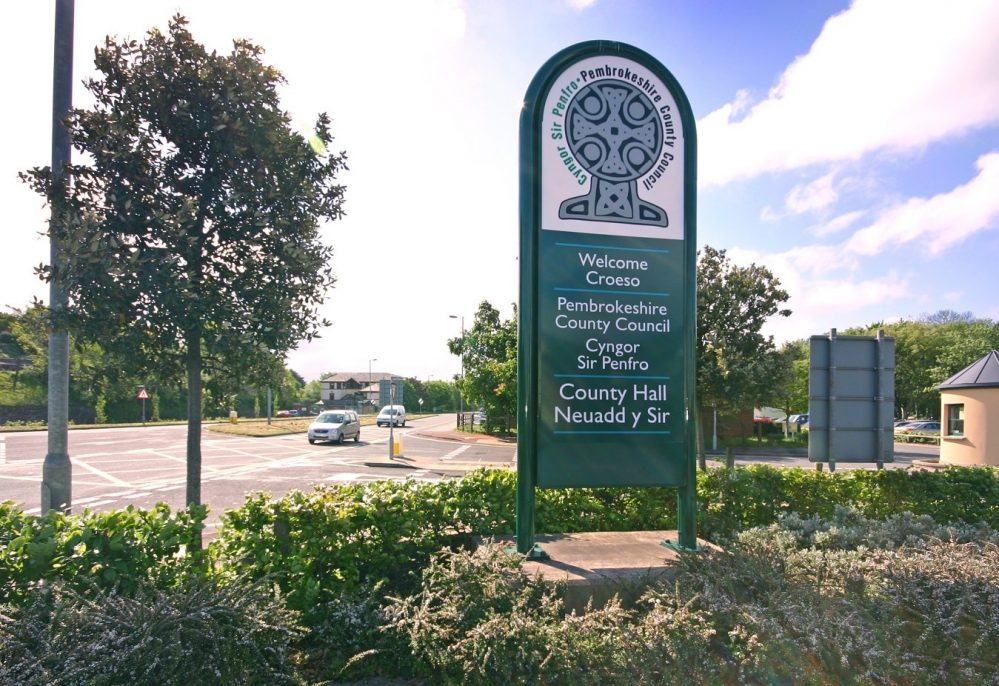
AN APPLICATION for a slurry lagoon near the north Pembrokeshire village of Boncath has been conditionally approved by county planners.
A H & V F Picton sought permission for a slurry lagoon and associated works at 230-acre Ty Mawr Farm, a mixed farm of a herd of dairy cattle plus followers, beef cattle, and sheep, some 150 metres north of Boncath.
A supporting statement by agent Cynllunio RW Planning Ltd said: “The proposed development seeks to increase the farms slurry storage capacity to above the five-month storage required by NVZ regulations. The existing slurry store and slurry handling facilities are not adequate to comply with the new regulations.”
It stressed the applicant does not intend to increase livestock numbers on farm as a result of the 48 by 30 metre development.
It added: “The lagoon proposed will have very low banks and as such the proposal will not be visible from the surrounding area. The proposed will be screened by the adjacent building and hedgerow and will have no adverse impact on the landscape in line with relevant policies of the Pembrokeshire LDP.”
One letter of objection to the scheme was received by planners, raising concerns including potential noise, odour, and the impact on property value for their property and properties within the wider village of Boncath.
An officer report said: “It is considered that the location of the development, within a rural setting, is appropriate and sustainable.
“The development allows the operation of the existing farm business and results in positive economic, social benefits and improved welfare facilities. It is considered that sufficient need is evidenced and that the lagoon is justified.”
The application was conditionally approved.
-

 Community2 days ago
Community2 days agoThe Harbourmaster: Special rail excursion draws crowds to Milford Haven
-

 News1 day ago
News1 day agoDragon LNG ‘monitoring’ scrap car blaze in Waterston
-

 Crime6 days ago
Crime6 days agoDock duo sentenced for Aldi meat theft
-

 Crime6 days ago
Crime6 days agoMechanic lands four-figure fine after head-butting officer in Quins
-

 News2 days ago
News2 days agoSearch for Luke, 19, reported missing in the Pembroke Dock area, continuing
-

 News3 days ago
News3 days agoMajor search in the area of The Cleddau Bridge and Hobbs Point
-

 Business7 days ago
Business7 days agoMilford Waterfront major events partnership with Round Table
-

 Business5 hours ago
Business5 hours agoBluestone National Park Resort payments expected to end





















